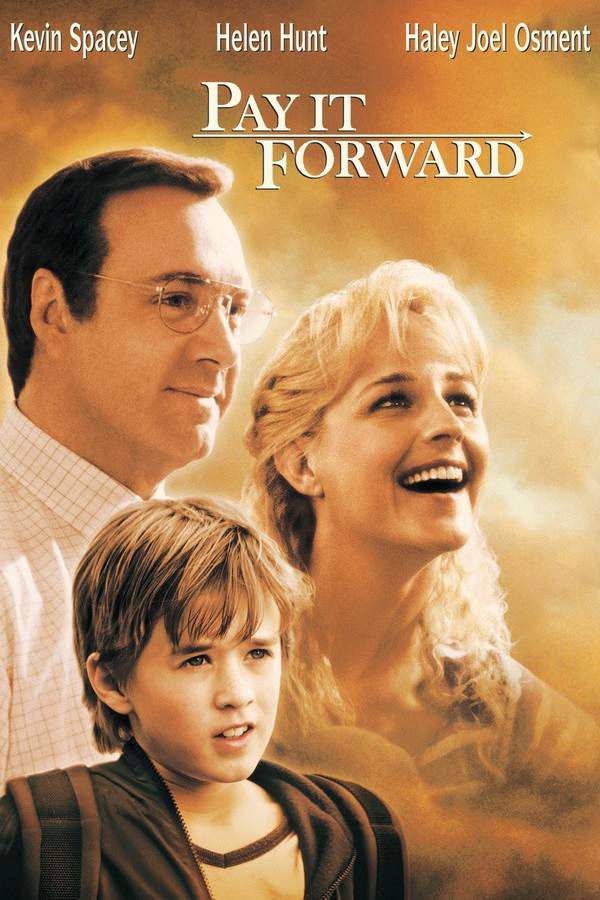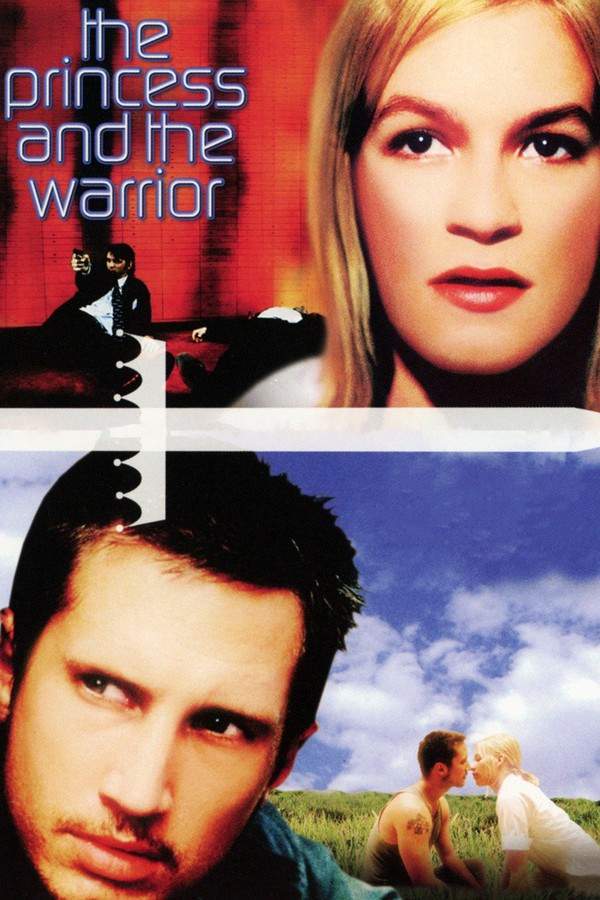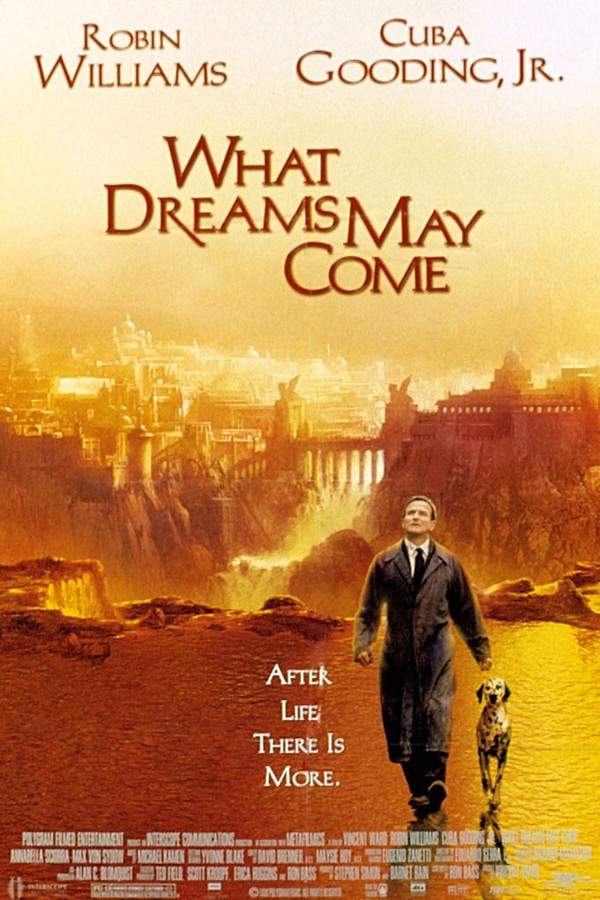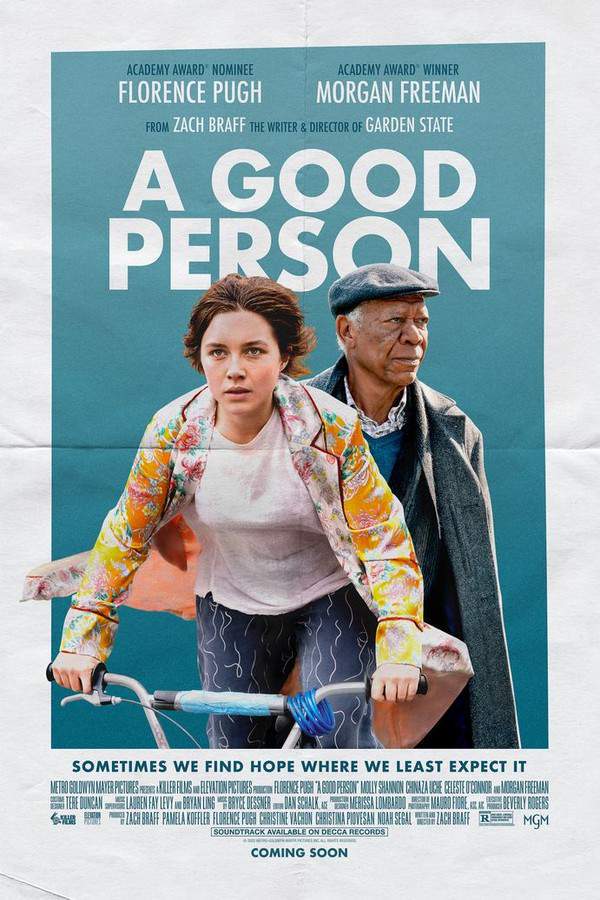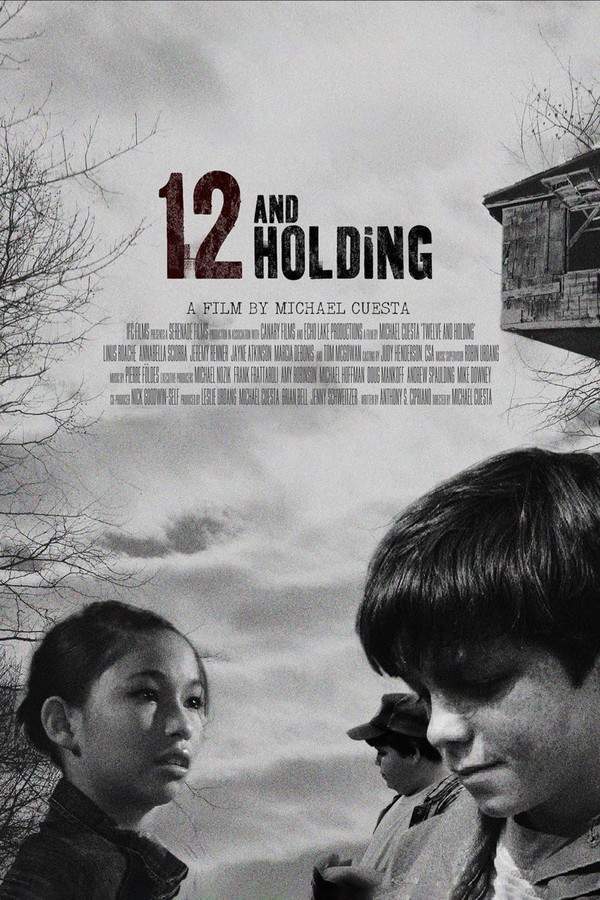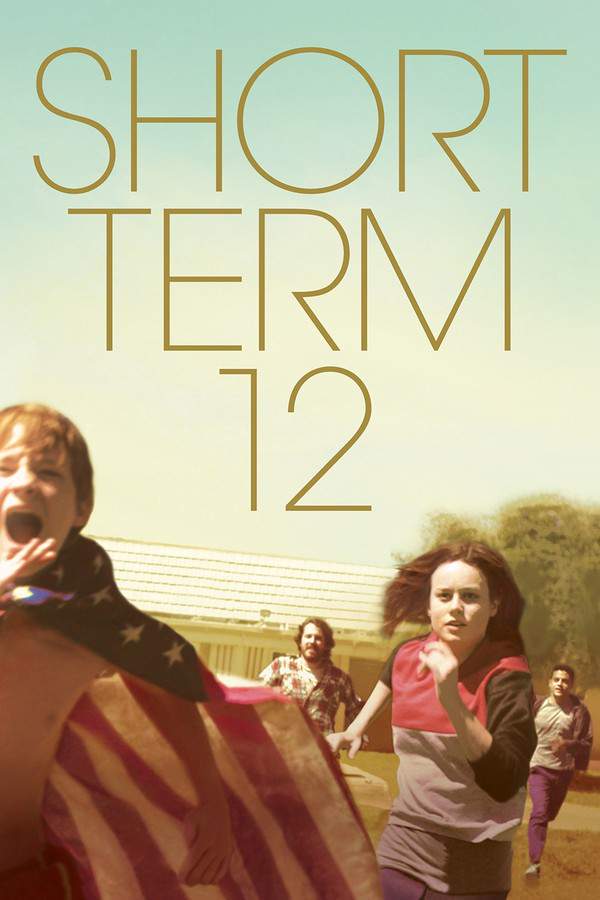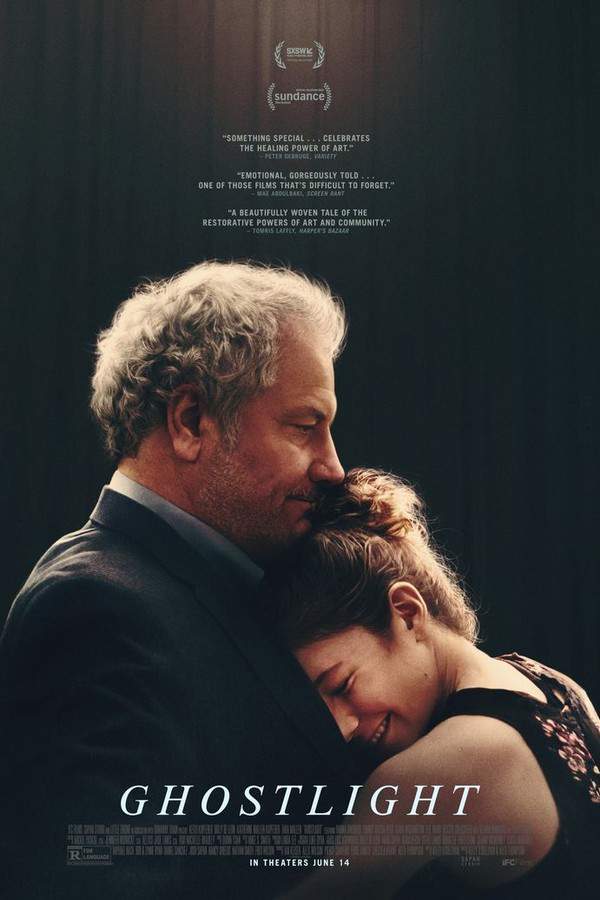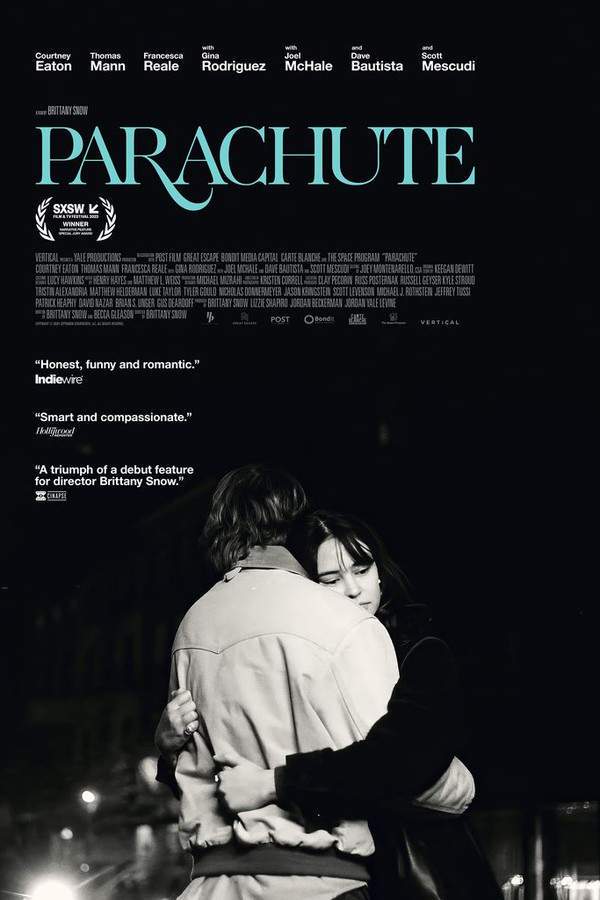
Orange
Year: 2015
Runtime: 139 mins
Language: Japanese
Director: Kojiro Hashimoto
A young woman begins receiving cryptic advice from her future self, leading her and her friends to confront difficult choices and unexpected consequences. As they navigate evolving relationships and a troubled new student’s arrival, they discover the importance of empathy, understanding, and the power of second chances to build a stronger community.
Warning: spoilers below!
Haven’t seen Orange yet? This summary contains major spoilers. Bookmark the page, watch the movie, and come back for the full breakdown. If you're ready, scroll on and relive the story!
Orange (2015) – Full Plot Summary & Ending Explained
Read the complete plot breakdown of Orange (2015), including all key story events, major twists, and the ending explained in detail. Discover what really happened—and what it all means.
In 2015, Naho Takamiya, a sixteen-year-old about to start her second year of high school in Matsumoto, is stunned when a batch of letters arrives on her way to class. The letters are written by her future self, ten years ahead, and they urge her to avert a single, looming regret that could shape the rest of her life. At first she suspects a prank or a dream, but as the notes begin to touch on real moments yet to unfold, she finds herself forced to consider a path she never imagined: could she actually rewrite part of her own fate?
The letters center on the arrival of a transfer student from Tokyo, Kakeru Naruse, who quickly becomes part of Naho’s circle of friends. He teams up with her and a tight-knit group that includes Hiroto Suwa, Takako Chino, Saku Hagita, and Azusa Murasaka. Together they navigate the new dynamics of high school life, from casual conversations in the hallways to the shared rituals of adolescence, such as school festivals, games, and late-night talks about dreams and fears. The letters, though, warn of a deeper danger haunting Kakeru, a weight he carries that could lead toward a tragic end.
Moved by the forewarnings, Naho resolves to act against the predictions rather than accept them. She encourages Kakeru to chase his passions, urging him to join the soccer team and to lean into friendships that might steady him through rough times. She also nudges him away from pursuing a relationship with upperclassman Rio Ueda, believing that maintaining focus on school and self-worth could alter the trajectory of his life. Naho’s attempts to intervene are grounded in genuine care, tempered by the knowledge that she is already peering into a future she longs to protect.
As the letters unfold, Naho learns that the stakes extend beyond individual choices. In 2025, she—now a married woman with a child—returns to Kakeru’s former home with her friends for a memorial that reveals a grim truth: Kakeru did indeed die, and his death was not an accident but a suicide. This revelation casts a new light on the 2015 events and intensifies the sense that every small kindness in 2015 could influence a much larger outcome in 2025. The tension between fate and agency becomes a running thread through both timelines, inviting the audience to consider how much control one has over the course of a life.
Back in 2015, a pivotal moment occurs at a shrine during the Bon Festival. There, through the frank honesty that comes with their shared fear of losing Kakeru, [Kakeru Naruse] reveals the deep pain of his mother’s suicide. This moment helps illuminate the burdens he carries and why the future he dreads feels so real to Naho. The revelation also adds layers to the group’s resolve to support him, showing how closely the present is tied to past traumas and how healing might require confronting painful memories rather than avoiding them. The supporting cast digests this new truth with empathy, and the bonds among Naho, [Hiroto Suwa], [Takako Chino], [Saku Hagita], and [Azusa Murasaka] strengthen as they decide to stand by Kakeru in his moments of vulnerability.
As the days pass, Hiroto travels to Naho’s home to report that he, too, has received a letter from his 2025 self. The two realize that while they cannot undo what has already happened, they can attempt to carve out a parallel path where Kakeru has a chance at a fuller life. With this shared understanding, the five friends brainstorm ways to celebrate Kakeru’s seventeenth birthday and to keep his spirits buoyed against the tide of sorrow. They plan small, meaningful gestures—a series of gifts and show of solidarity that culminate in a relay race the group hopes he will anchor. The race becomes a symbolic turning point: it is not just about victory, but about the affirmation that Kakeru has a place in this future they all want to see him inhabit.
Before the relay, Kakeru opens up about his mother and the quiet, persistent weight of that loss. The group’s response is a quiet, subtextual vow to stand by him, to shoulder the burden together, and to remind him that he is not alone. With this shared resolve, Kakeru gives the flowers he had requested to Naho, and the team—Hiroto, Chino, Hagita, and Azusa—step forward as a unified unit. Their support helps him find a renewed spark, and the relay race ends with Kakeru as the anchor, finishing strong and earning the group a moment of triumph that feels like a promise for a better future. After the finish, a small, tender moment arrives: Kakeru kisses Naho on the cheek as a reward for their collective belief in him.
Yet even as the group seeks to sew hope into the fabric of their lives, a quieter tension persists. Weeks before the New Year, a disagreement over his grandmother’s health strains Kakeru and Naho’s friendship, testing how far their shared mission can stretch without tearing them apart. In the midst of this strain, the film returns to a dramatic revelation: Naho confesses her feelings for Kakeru, and he responds by revealing his own difficult plan to end his life. The moment pushes the characters toward the edge of despair, and the weight of their choices becomes almost intolerable.
In the climactic sequence on New Year’s Eve, Kakeru’s absence from the anticipated meeting triggers a desperate search through the streets of Minamoto. The friends nearly lose him to a speeding truck, but in a moment that underscores the fragility of their intertwined fates, they manage to pull him back from danger. He apologizes for the pain he has carried and admits that he does not want to die, provided he can still be with the people who care for him. The film closes with a haunting, hopeful juxtaposition: in 2025, Naho, Hiroto, Chino, Hagita, and Azusa watch a sunset from a hill, their silhouettes united by shared memory and longing; in parallel 2015, the same scene unfolds with Kakeru by their side, suggesting that friendship and love can alter even the bleakest conclusions, or at least redefine what “ending” means.
Throughout, the story threads together themes of time, choice, and compassion, asking how far one should go to protect a friend, how to honor a memory without succumbing to it, and whether a single act of kindness can ripple across years to reshape a life. The characters’ journeys—navigating adolescence, trauma, and healing—are rendered with a steady, humane attention to detail, making the emotional core feel both intimate and universal. The narrative never loses sight of its core premise: that the future can be influenced by present courage, and that the bonds we form in youth can endure, even when the timelines themselves are uncertain.
Last Updated: October 09, 2025 at 15:18
Explore Movie Threads
Discover curated groups of movies connected by mood, themes, and story style. Browse collections built around emotion, atmosphere, and narrative focus to easily find films that match what you feel like watching right now.
Movies about Changing Fate like Orange
Characters use foreknowledge to prevent tragedy, bearing the emotional cost of altering fate.For viewers seeking movies like Orange, this collection features emotional dramas where characters receive foreknowledge of a tragic event. These stories explore the heavy responsibility of intervention, the fragility of time, and the bittersweet outcomes of trying to rewrite destiny through empathy and connection.
Narrative Summary
The narrative pattern involves a catalyst—like a letter from the future—that reveals an impending personal tragedy. The protagonists then race against a seemingly fixed fate, navigating complex relationships and moral choices. The journey is defined by emotional strain, with endings that acknowledge both the success of their efforts and the irrevocable changes it caused.
Why These Movies?
Movies are grouped here by their shared core premise: the ethical and emotional weight of acting on foreknowledge to prevent loss. They blend high emotional intensity with a steady, character-driven pace, resulting in a profoundly bittersweet tone that balances hope against the scars of intervention.
Intimate Friend Group Dramas like Orange
Close-knit groups confront grief and trauma, finding strength through empathy and understanding.If you liked Orange for its focus on friendship and trauma, this list highlights movies about tight-knit groups facing a member's severe emotional crisis. These dramas are heavy, reflective, and intimate, showing how empathy and second chances can forge a path through grief and loss.
Narrative Summary
Stories in this thread typically begin with a circle of friends whose dynamics are shattered by the arrival of a troubled individual or the re-emergence of a traumatic event. The plot unfolds through quiet, character-driven moments as the group learns to support each other, confronting their own vulnerabilities while trying to save someone from themselves. The journey is raw and emotionally demanding.
Why These Movies?
These films share a core focus on the intimate dynamics of a friend group under the strain of healing. They are defined by a heavy emotional weight, a steady, reflective pacing that allows for deep character exploration, and a mood that masterfully blends melancholy with pockets of genuine hope.
Unlock the Full Story of Orange
Don't stop at just watching — explore Orange in full detail. From the complete plot summary and scene-by-scene timeline to character breakdowns, thematic analysis, and a deep dive into the ending — every page helps you truly understand what Orange is all about. Plus, discover what's next after the movie.
Orange Timeline
Track the full timeline of Orange with every major event arranged chronologically. Perfect for decoding non-linear storytelling, flashbacks, or parallel narratives with a clear scene-by-scene breakdown.

Characters, Settings & Themes in Orange
Discover the characters, locations, and core themes that shape Orange. Get insights into symbolic elements, setting significance, and deeper narrative meaning — ideal for thematic analysis and movie breakdowns.

Orange Spoiler-Free Summary
Get a quick, spoiler-free overview of Orange that covers the main plot points and key details without revealing any major twists or spoilers. Perfect for those who want to know what to expect before diving in.

More About Orange
Visit What's After the Movie to explore more about Orange: box office results, cast and crew info, production details, post-credit scenes, and external links — all in one place for movie fans and researchers.


